





Oscommerce to Woocommerce
Migrating your store from Oscommerce to Woocommerce might seem daunting, but with proper planning and the right tools, it's a smooth process. Follow this step-by-step guide to ensure a successful transition.
Schedule a call
Step-by-Step Migration Guide: osCommerce to WooCommerce migration guide
Step 1: Prepare Your osCommerce Store for Migration
In this step, we will ensure your osCommerce store is ready for the migration process by backing up existing data and addressing any potential issues.
Step 2: Set Up Your WooCommerce Store
This step involves setting up your new WooCommerce store and configuring essential settings to ensure a smooth transition.
Step 3: Select Data to Migrate
In this step, we will identify and select the specific data from your osCommerce store that you wish to migrate to WooCommerce.
Step 4: Perform a Demo Migration
Before the full migration, we recommend conducting a demo migration to test the process and identify potential issues.
Step 5: Execute the Full Migration
In this step, we will execute the full migration of all selected data from osCommerce to WooCommerce.
Step 6: Configure WooCommerce Settings
After migration, we will configure WooCommerce settings to suit your business needs and optimize your store.
Step 7: Test Your WooCommerce Store
This step involves thoroughly testing your new WooCommerce store to ensure everything functions as expected.
Power Your Step - Get in Touch
Ready to migrate your store? Contact PowerCommerce for expert assistance with your osCommerce to WooCommerce migration.
Step 1: Prepare Your osCommerce Store for Migration
Before initiating the migration from osCommerce to WooCommerce, it is crucial to prepare your osCommerce store effectively. This preparation includes backing up your data, ensuring that your store is up to date, and identifying any particular nuances that need to be addressed during the migration process.
First and foremost, a comprehensive backup of your osCommerce store is essential. This ensures that you have a secure copy of all your data, including products, customers, orders, and configurations, in case anything goes wrong during the migration. Utilize the following methods to back up your store:
- Database Backup: Use a tool like phpMyAdmin to export your database. Navigate to your database, select all the tables, and choose the export option to download a .sql file.
- File Backup: Download all your osCommerce files via FTP or your hosting control panel. This includes your catalog, images, and any custom files or themes you have implemented.
- Configuration Backup: Ensure that you save any custom settings or configurations you have made in your osCommerce admin panel, especially if you’ve modified the default behavior.
In addition to backing up your data, check if your osCommerce version is the latest one. Running an outdated version can lead to compatibility issues during the migration. If necessary, update your osCommerce to the latest version and ensure all plugins and add-ons are also up to date.
Lastly, review the data types you plan to migrate. Make a list of which data entities you need to transfer to WooCommerce, such as products, customers, orders, and any custom fields. This will help streamline the migration process in the subsequent steps.
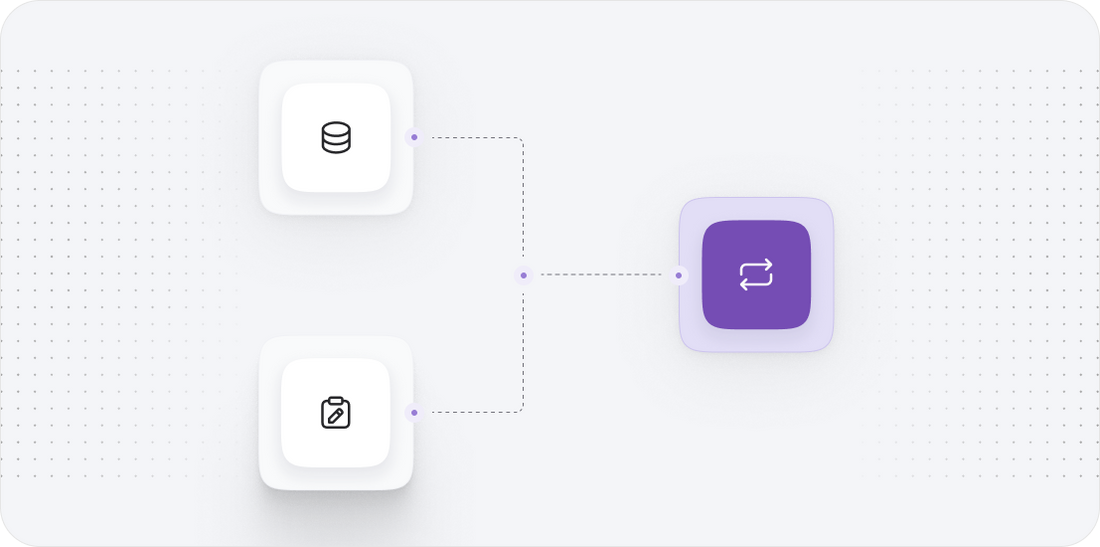
Step 2: Set Up Your WooCommerce Store
Setting up your WooCommerce store is the next vital step in the migration process. If you have not already done so, you need to install WordPress and then the WooCommerce plugin. Here’s how to proceed:
- Install WordPress: Choose a reliable hosting provider that supports WordPress. Many hosting services offer one-click WordPress installation, which simplifies the process considerably.
- Install WooCommerce: Once WordPress is installed, navigate to the WordPress admin dashboard. Go to Plugins > Add New, search for WooCommerce, and click Install Now. After installation, click Activate.
- Run the WooCommerce Setup Wizard: Upon activation, WooCommerce will prompt you to run the setup wizard. This wizard will guide you through essential configurations, including setting up your store location, currency, payment methods, and shipping options. It is crucial to configure these settings accurately, as they will affect your operations post-migration.
- Configure Permalinks: Go to Settings > Permalinks in the WordPress dashboard and select the permalink structure that suits your needs (e.g., Post Name). This setting is essential for SEO and ensures that your URLs are clean and user-friendly.
Once you have completed these steps, your WooCommerce store will be ready to receive data from your osCommerce store.
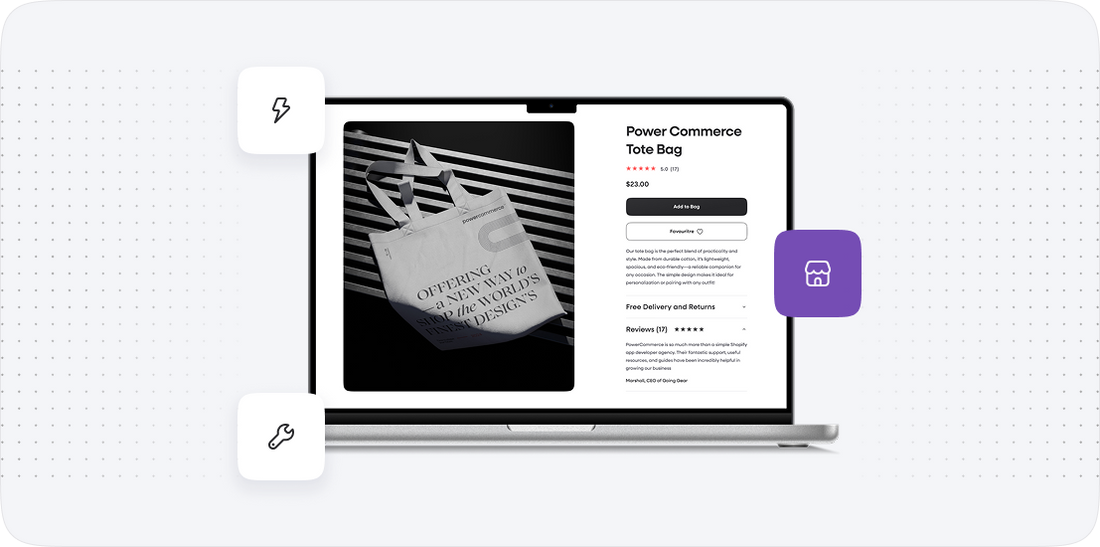
Step 3: Select Data to Migrate
With your WooCommerce store set up, the next step is to decide on the data you want to migrate. This involves selecting various data types that will be transferred from osCommerce to WooCommerce. Here’s how you can proceed:
Typically, the data you can migrate includes:
- Products: All product information including names, descriptions, prices, SKUs, categories, images, and attributes.
- Customers: Customer data such as names, emails, addresses, and order histories.
- Orders: Historical orders, including order statuses, items purchased, shipping details, and customer notes.
- Reviews: Customer reviews associated with products.
- Coupons: Any discount codes and promotional offers.
- CMS Pages: Content pages created within your osCommerce store.
Using migration tools like LitExtension can help in selecting these data types quickly. During the setup process, you will be presented with options to select what data you want to migrate. Ensure you review each data type and select accordingly. This step is crucial as it defines what your new WooCommerce store will look like and how it will function.
Additionally, consider if you need to migrate any custom fields or additional data that may not be included in the standard migration options. If so, be prepared to handle those separately.
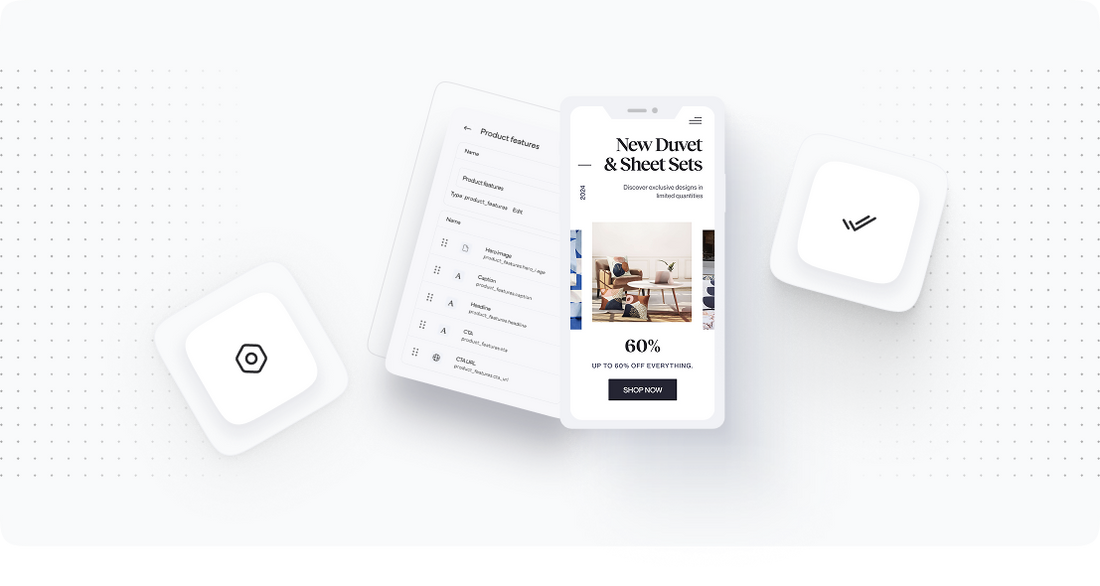
Step 4: Perform a Demo Migration
Performing a demo migration is an essential step in ensuring a smooth transition from osCommerce to WooCommerce. This allows you to test the migration process with a smaller set of data before committing to a full migration. Here’s how to carry out a demo migration:
- Use Migration Tools: If you are using a migration tool like LitExtension, navigate to the demo migration section after selecting your data. This feature typically allows you to migrate up to 10 items from each category (products, customers, etc.) to your WooCommerce store.
- Run the Demo Migration: Initiate the demo migration process. The tool will create a copy of the selected data in your WooCommerce store. Depending on the tool's capabilities, this process may take a few minutes.
- Review the Results: Once the demo migration is complete, check your WooCommerce store to ensure that the migrated data appears correctly. Look for any discrepancies in product details, customer information, and order history.
- Identify Issues: Document any issues or errors encountered during the demo migration. This could include missing images, incorrect product categories, or data misalignment. Address these issues before proceeding with the full migration.
By conducting a demo migration, you can refine the process and ensure that your data will migrate smoothly, minimizing the risk of errors during the full migration.
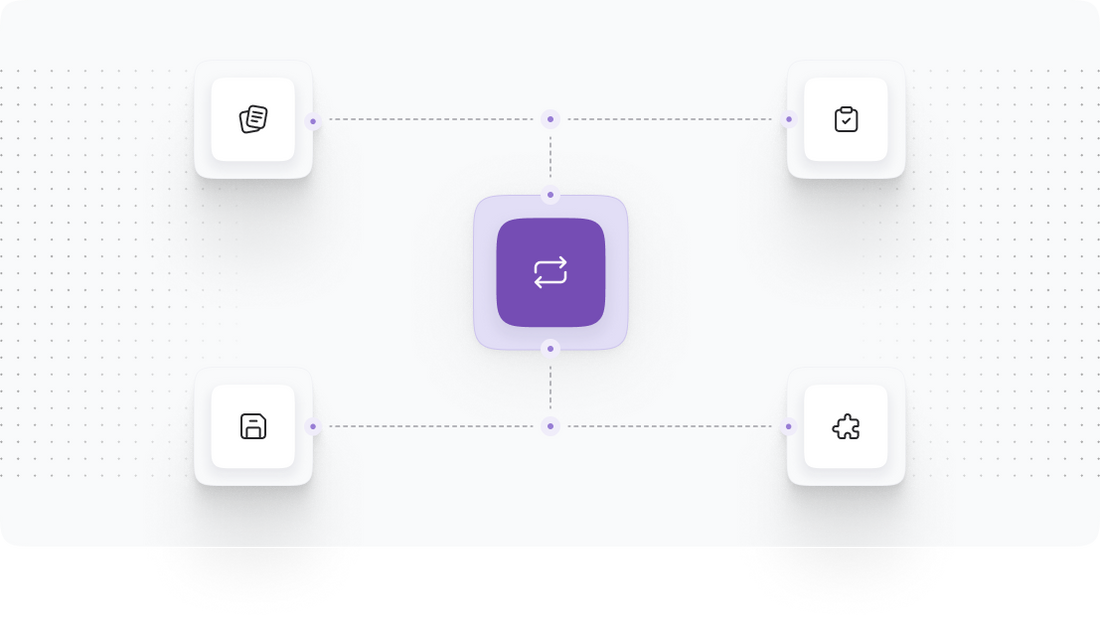
Step 5: Execute the Full Migration
With the demo migration successfully completed and any issues resolved, it’s time to execute the full migration. This step involves transferring all your selected data from osCommerce to WooCommerce, ensuring that your new store is fully populated with accurate information. Follow these steps:
- Initiate Full Migration: Using the migration tool, select the option for full migration after confirming all settings and data selections are correct. This will transfer all products, customers, orders, and any other selected data from your osCommerce store to WooCommerce.
- Monitor the Migration Progress: During the migration process, monitor the progress bar or status updates provided by the migration tool. This will give you an idea of how much data has been migrated and if any issues arise.
- Check for Errors: Once the migration is complete, check for any errors or warnings reported by the migration tool. Address any issues that may have occurred during the transfer.
- Verify Data Integrity: After migration, thoroughly check your WooCommerce store to ensure all data has been transferred correctly. This includes checking product listings, customer accounts, and order histories. Ensure that images are visible and that product details are accurate.
Executing the full migration is a critical step, and taking the time to verify the results will save you headaches in the future.
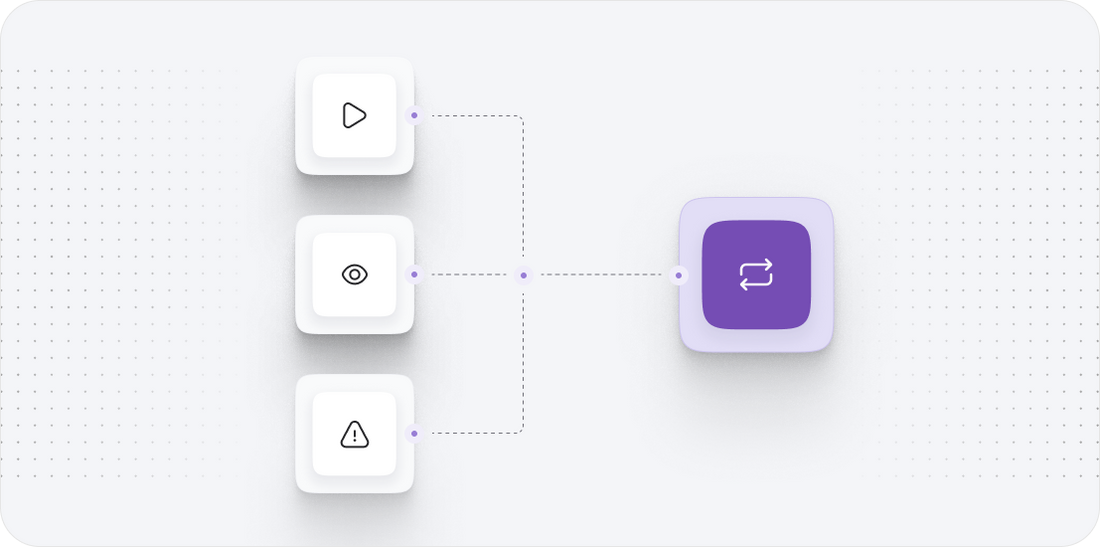
Step 6: Configure WooCommerce Settings
Once the full migration is complete, it’s important to configure various settings in WooCommerce to ensure that your store operates smoothly and meets your business requirements. Here are the key settings to revise:
- Payment Gateways: Go to WooCommerce > Settings > Payments to select the payment methods you want to offer your customers. Common options include PayPal, Stripe, and credit card payments.
- Shipping Options: Under WooCommerce > Settings > Shipping, configure your shipping zones, rates, and methods. Ensure that these settings align with your business model and customer expectations.
- Tax Settings: Check the tax settings to ensure they comply with local regulations. Go to WooCommerce > Settings > Tax to configure tax classes and rates.
- Permalinks: Ensure that your permalinks are set up properly for SEO purposes. Navigate to Settings > Permalinks and select a structure that is easy for search engines to crawl.
- Other Customizations: Consider additional settings such as enabling product reviews, managing inventory, and configuring email notifications for customers and admins.
By taking the time to configure these settings, you will enhance the functionality of your WooCommerce store and improve the overall shopping experience for your customers.
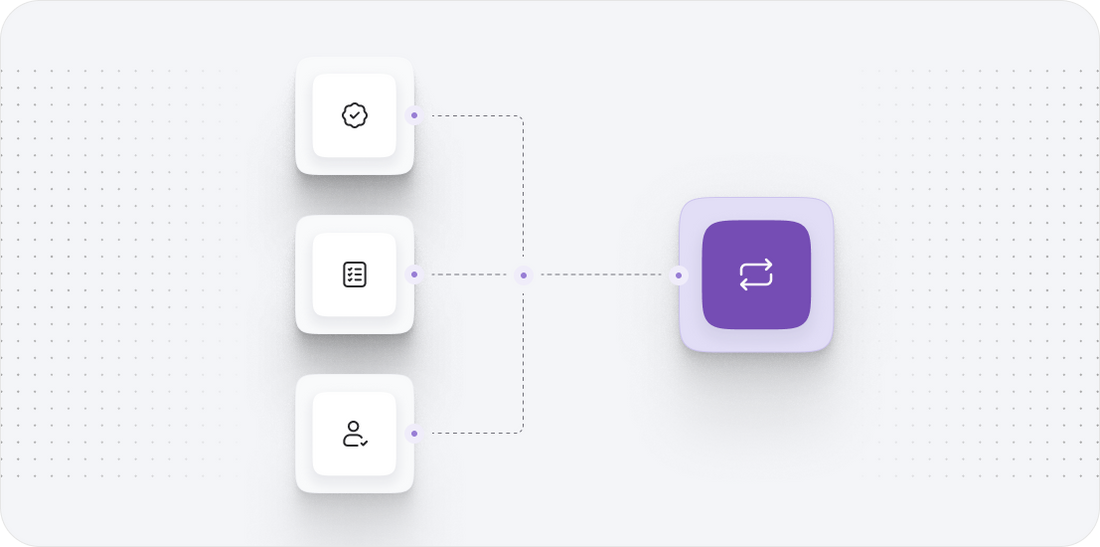
Step 7: Test Your WooCommerce Store
Testing your WooCommerce store is a critical phase that allows you to verify that everything is functioning as it should be after the migration. This ensures that your customers will have a seamless shopping experience. Here’s how to test your store effectively:
- Check Product Listings: Browse through your product catalog to ensure all products are displayed correctly. Verify product images, descriptions, prices, and stock availability.
- Test Checkout Process: Perform a test purchase by adding products to your cart and going through the checkout process. Ensure that payment gateways work correctly and that customers receive order confirmation emails.
- Review Customer Accounts: Log in to customer accounts to verify that order histories and details are accurate. Ensure that customer data has been transferred correctly.
- Analyze Website Performance: Use tools like Google PageSpeed Insights to analyze your store's loading speed and performance. Address any issues to ensure a smooth user experience.
- Check Mobile Responsiveness: Test your store on various devices to ensure that it is mobile-friendly and displays correctly across different screen sizes.
By thoroughly testing your WooCommerce store, you can identify and resolve any potential issues before launching it to the public, ensuring a positive experience for your customers.
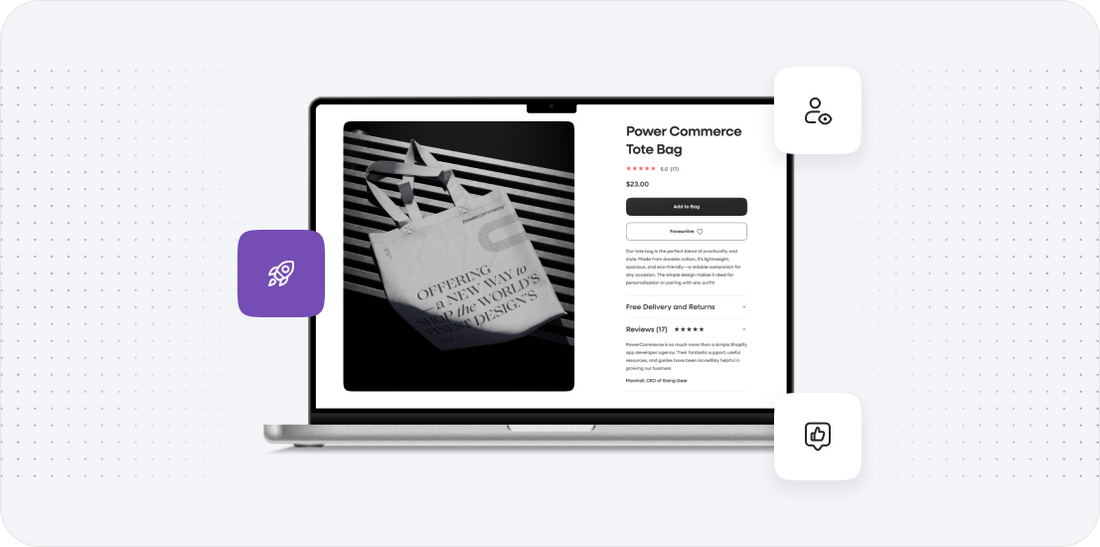
Power Your Step - Get in Touch
We at PowerCommerce understand that migrating your store is a significant step in your business journey. Our experienced team is dedicated to ensuring that your osCommerce to WooCommerce migration is seamless and efficient, allowing you to focus on what matters most--growing your business.
Don’t leave your migration to chance. Reach out to us today for a personalized consultation. Here’s how you can get in touch:
- Visit our contact page: Contact Us
- Call us directly at: 800-099-9090
- Email us at: info@powercommerce.com
Our commitment to innovation, customer-centric solutions, and integrity means you can trust us to handle your migration with care. Let’s power your ecommerce journey together!
Stay aligned on what's happening in the commerce world
Trusted by 1000+ innovative companies worldwide
Schedule Your Migration Today
For businesses prioritizing simplicity, scalability, and robust support, Shopify is the clear winner.
Looking to migrate without hassle? Power Commerce can handle the entire process, ensuring smooth data transfer, store setup, and post-launch success.
Marka Marulića 2, Sarajevo, 71000 BiH
00387 60 345 5801
info@powercommerce.com


